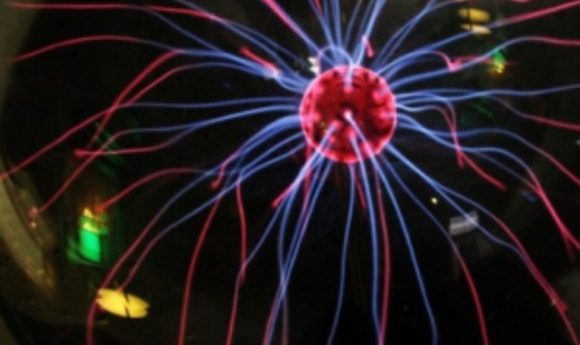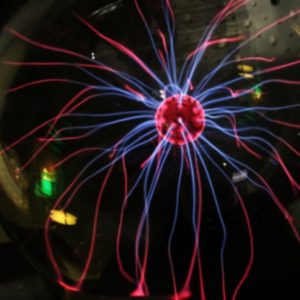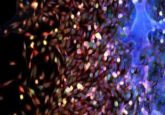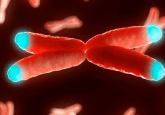Electric fields: cancer killers?

Pulsing cells with electric fields can force calcium diffusion into cells. Researchers have now optimized this technique in an attempt to kill cancer cells and leave healthy cells intact.

Researchers from the Bioelectrics Department of Kumamoto University (Japan) have identified the optimal pulsed electric field (PEF) conditions for the maximum calcium cell membrane permeability. There is hope for this technique as a potential cancer treatment due to the increased susceptibility of cancer cells to higher calcium levels in comparison to normal, healthy cells.
The team utilized calcium fluorescence in order to investigate the uptake of calcium ions in HeLa S3 cells. In each experiment, they varied the PEF pulse count whilst keeping the total amount of energy constant. This allowed them to assess solely the effects of electric field changes.
They found that it takes a short time for the membrane pores to completely close after the termination of PEF and so the cells continue calcium ion uptake for a short while after. Therefore, the larger electric fields produced higher calcium influx during the first 10ms that decreased significantly afterwards. However, for the smaller electric fields influx in the first 10ms was almost undetectable but increased gradually over the course of the experiment.
“The optimal PEF levels for our in vitro tests turned out to be 100 pulses at 1 kHz and 0.45 kV/cm,” commented study leader Hamid Hosseini. “This setting should be nonlethal to normal cells but effectively kill cancer cells. We still have more work to determine if these results will hold up in in vivo settings, but we are optimistic that this method can produce a promising cancer therapy.”
This method also boasts few side effects and is comparatively cheap against other cancer treatments. Time will now tell if this promising cancer therapy will become a reality.





